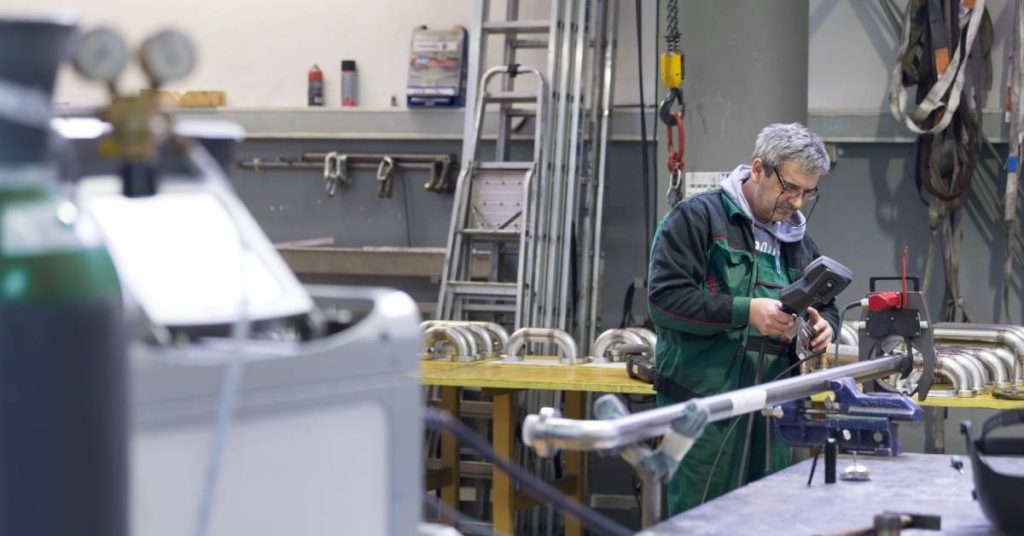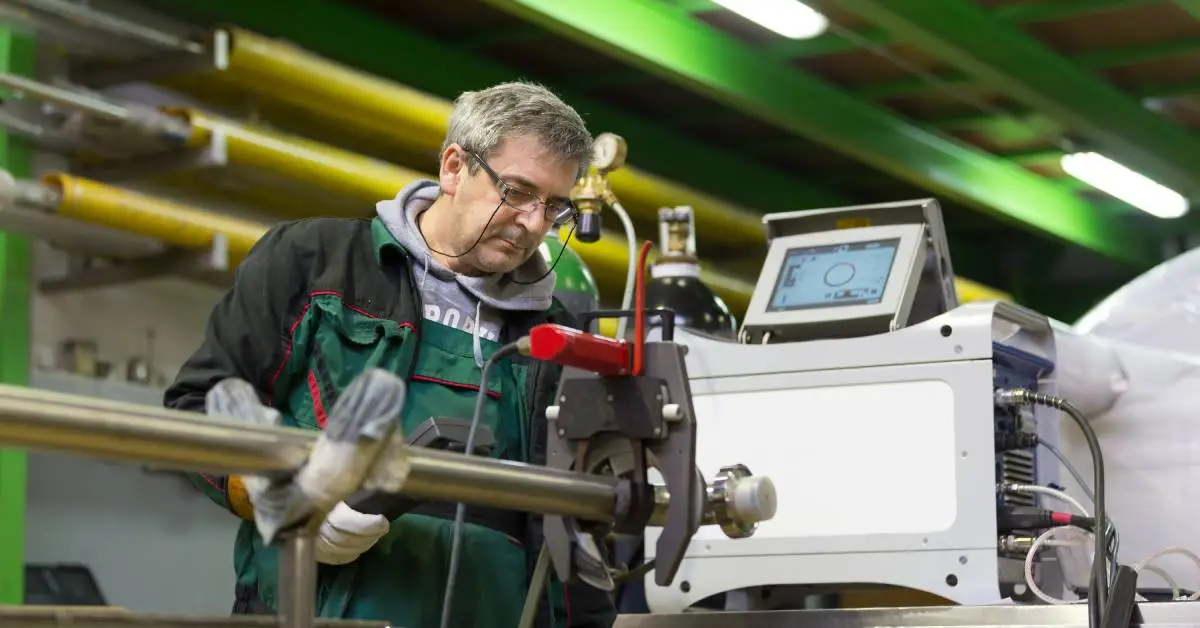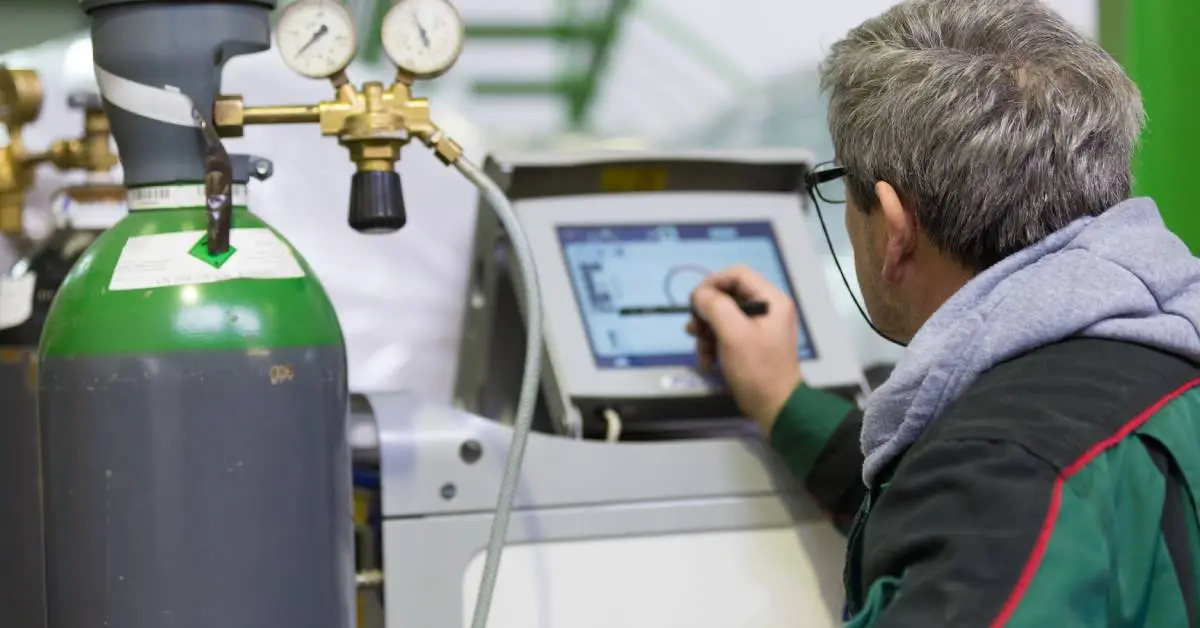
Automating calibration in orbital welding systems offers a strategic advantage for high-spec applications that demand repeatability, quality assurance, and efficient turnaround. For experienced fabricators and weld engineers, the value is clear, but execution can be complex.
Here’s a practical approach to streamlining and standardizing your calibration workflow, one step at a time.
Establish Baseline Calibration Parameters
Manual calibration is still the backbone of a reliable automated process. Begin by identifying optimal parameters under controlled conditions. Amperage, voltage, travel speed, oscillation width, gas flow, and electrode position should all be captured. These figures form the digital blueprint for downstream automation.
Baseline accuracy depends on equipment health. Inspect the torch, electrode condition, collet body, and power supply for wear or inconsistencies that could distort your readings.
Machine-to-machine variability is a common problem in high-throughput operations. That makes it important to run initial calibration tests on each orbital welding machine, even when using identical models.
In many cases, establishing multiple baselines for different material types and wall thicknesses is beneficial, particularly in sectors such as aerospace or semiconductor manufacturing, where precision tolerances are stringent. These reference profiles serve as presets for automated systems to draw from based on job parameters.
Integrate Sensors and Measurement Systems
Sensors provide the data that drives automated adjustment. At minimum, you’ll want to integrate sensors for arc voltage, welding current, rotational speed, and torch travel. Depending on your application, temperature sensors, gas flow meters, and wire feed monitoring may also be required. More advanced systems may incorporate proximity sensors or linear encoders to monitor the torch position in real time.
Additionally, use shielded signal cabling and EMI filtering to reduce interference in high-amperage environments. Ensure all sensors are calibrated to NIST-traceable standards. If you’re deploying Hall effect sensors for current monitoring or thermocouples for preheat tracking, verify that their range and resolution match your calibration tolerances.
For legacy equipment or hybridized systems, integration may require external I/O modules or PLC support. In those cases, it’s best to coordinate with your controls engineer to ensure proper signal conditioning and synchronization with the weld controller.

Develop Automated Calibration Routines
Once sensors are operational and baselines are defined, build calibration routines into the controller logic. Most modern orbital systems allow for programming of logic-based decision trees, PID loops, or rule-based adjustments that respond to live data.
For instance, if the arc voltage dips below a programmed threshold during the root pass, the system can automatically reduce the travel speed and pulse frequency while maintaining the heat input. This kind of fine-tuned adjustment enhances penetration consistency and reduces rework.
Advanced systems may also allow for simultaneous synchronization between gas purging cycles and arc parameters. In semiconductor applications, for example, calibration routines can be set to delay arc ignition until oxygen levels fall below a set PPM threshold, adding another layer of control tied to quality assurance.
It’s also possible to develop modular routines tailored to specific joint configurations: saddle joints, butt welds, or branch connections. These modules can be triggered manually by the operator or automatically based on part recognition systems.
Customize for Application-Specific Variables
Automating calibration requires more than just raw data; it necessitates an understanding of how different materials, orientations, and welding specifications impact thermal dynamics and arc behavior.
Stainless steel, for example, needs different pulse shaping than Inconel, especially at small diameters. Wall thickness changes how quickly heat dissipates, which in turn affects the responsiveness of any feedback loop. Horizontal welds may require calibration sequences that respond differently to gravity-induced arc deflection compared to vertical or overhead welds.
Critical applications, such as sanitary process piping in food-grade environments or orbital welds on aircraft hydraulic lines, may also involve interfacing with purge chamber validation systems during the calibration process. In these cases, automation can be configured to inhibit weld initiation until environmental factors meet spec and comply with ASME BPE or AWS D17.1.
Implement Real-Time Feedback and Adjustments
With calibration routines in place, the next layer of automation involves concurrent responsiveness. This requires a closed-loop control system that actively compares live sensor input to target values and adjusts parameters on the fly. Unlike open-loop systems, where preset parameters remain static, a feedback-enabled system responds in real-time to changing conditions during the weld cycle.
For example, if heat buildup begins to exceed acceptable thresholds, the system can lower amperage or increase travel speed without operator intervention. Likewise, if gas flow dips, the controller can trigger a pause or initiate an alert depending on how critical shielding integrity is to the application.
High-end orbital welding systems often allow operators to set tolerance bands around each parameter, defining how far actual values can deviate before automated corrections are triggered. This safeguards the process without overcorrecting for every minor fluctuation, which can otherwise introduce instability.

Log Data for Traceability and Compliance
No automated system is complete without documentation. Calibration logs are crucial for both internal QA and external regulatory compliance. In heavily audited sectors such as aerospace, defense, and biopharma, traceability of every weld, including calibration records, is nonnegotiable.
Most orbital systems support digital logging, either locally or via remote network access. Automated systems can record all calibration activities, from baseline parameter settings to real-time adjustments made during welding. These logs can be exported for review or archived for long-term recordkeeping.
Consider integrating your calibration routines with broader quality management or MES platforms. This enables weld data and calibration history to be associated with part numbers, operator IDs, and production batches, thereby streamlining both diagnostics and audits. Some systems also offer predictive maintenance alerts based on usage data, flagging the need for sensor recalibration or component replacement before failure occurs.
Schedule Ongoing Maintenance and Validation
Automated does not mean hands-off. Even the most advanced systems require routine inspection to remain effective. Sensor drift, software bugs, or wear on mechanical components can lead to subtle but dangerous inaccuracies over time.
Establish a recurring schedule for validating both hardware and software calibration functions, preferably every 6 to 12 months for standard operations, or every 3 to 6 months for high-spec or heavily regulated environments. This includes checking that sensors are reading within tolerance, ensuring that feedback loops are responding appropriately, and confirming that calibration routines are being triggered under the proper conditions.
Operators should also be trained to interpret automated system behavior. Automation can reduce human error, but it doesn’t eliminate the need for human oversight. Educated operators will know when to trust the system and when to question it.
How SEC Industrial Can Support Your Process
For teams committed to automating calibration in orbital welding systems, SEC Automation offers the technical depth, specialized tools, and long-term support needed to get it right. From fully integrated orbital welding machines to engineered calibration solutions, we deliver equipment designed for the most demanding applications.
With custom tool design, system integration, and real-world calibration expertise, we ensure that your automated systems perform effectively.